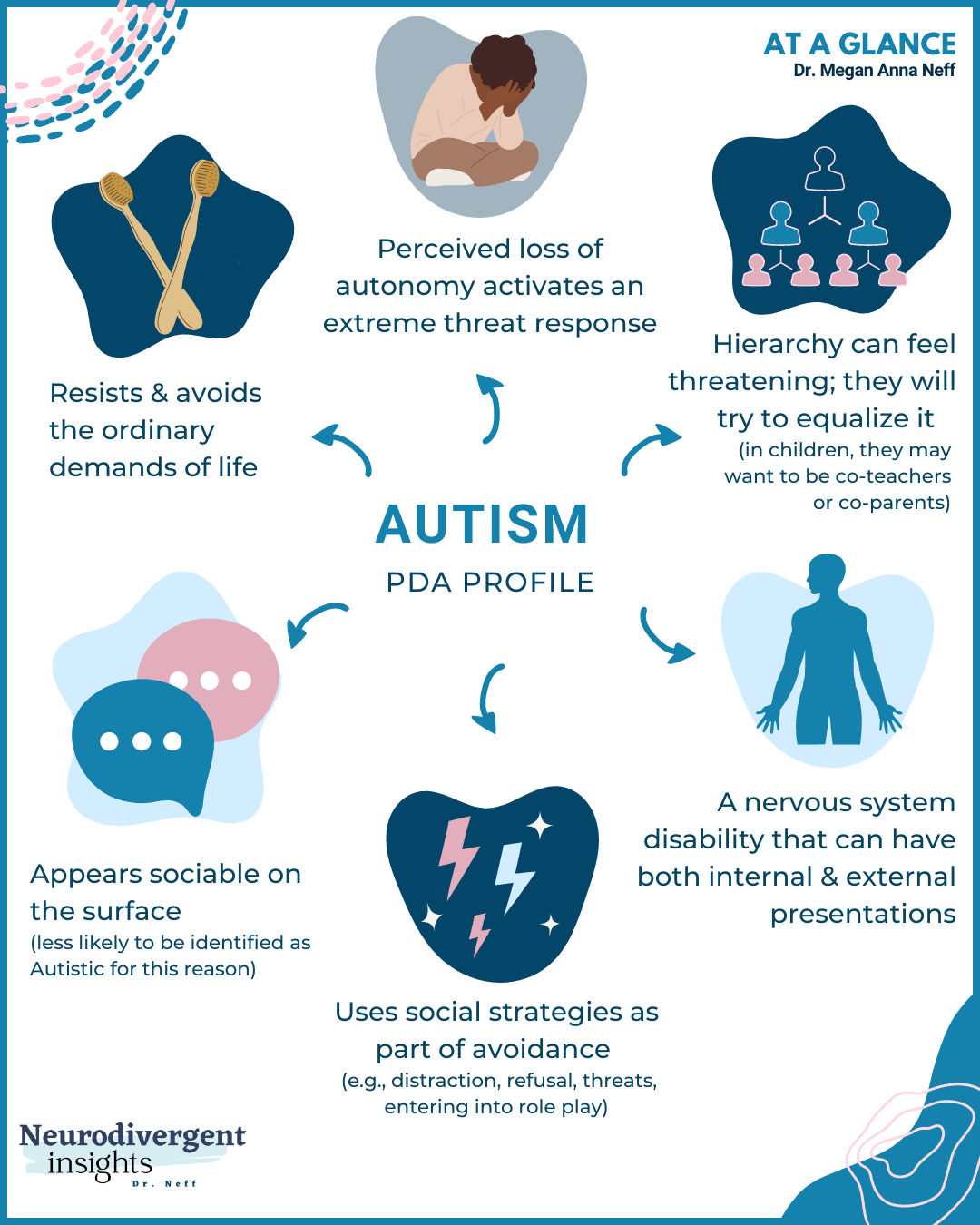The Function of Education in Sustaining Trainees with Autism: Finest Practices
The Function of Education in Sustaining Trainees with Autism: Finest Practices
Blog Article
Exploring Autism: Approaches for Effective Interaction and Interaction
Reliable communication and communication with people on the autism range necessitate a detailed understanding of their special requirements and preferences. Methods such as using clear language, using visual supports, and fostering regular regimens can significantly improve engagement and reduce anxiety. In addition, acknowledging the value of non-verbal signs and shared rate of interests paves the method for meaningful links. Nonetheless, the ins and outs of these methods reveal additional considerations that warrant expedition, particularly in how they can be adjusted to diverse contexts and individual experiences. What might these adaptations appear like in method?
Understanding Autism Spectrum Disorder
Autism Spectrum Problem (ASD) includes a variety of neurodevelopmental conditions defined by difficulties in social communication, communication, and repetitive actions. The term "spectrum" reflects the varied symptoms and varying degrees of extent experienced by people with ASD. While some may display substantial disabilities, others might show high-functioning qualities, permitting for greater freedom in life.
The beginning of ASD commonly occurs in very early childhood years, with indications commonly well-known by age two. Early signs may include delayed speech development, minimal eye call, and problems in understanding social signs. Although the accurate etiology of ASD stays vague, study recommends a combination of hereditary and environmental factors plays an important duty in its growth.
As an outcome, interventions and assistance customized to specific requirements are essential for promoting interaction and social skills. Identifying the complexity of ASD is important for advertising awareness, acceptance, and efficient approaches that help with meaningful communications with individuals on the spectrum.

Value of Clear Communication
Effective communication is vital for cultivating understanding and connection, particularly for individuals with Autism Spectrum Problem (ASD) Clear interaction not just helps with social interactions however likewise enhances the individual's capability to express their thoughts, needs, and feelings. For individuals with ASD, the nuances of language can frequently be testing; consequently, using unambiguous and uncomplicated language is important.
In addition, clear communication aids decrease frustration and stress and anxiety that may develop from misconceptions. When messages are communicated in a straight and consistent manner, people with ASD are better outfitted to interpret information precisely, which can significantly enhance their social engagement and involvement in different setups.
Developing routines and using visual supports can additionally boost clear communication. These techniques give people with foreseeable frameworks that help comprehension and retention of details. Furthermore, proactively being and paying attention individual throughout interactions promotes a supportive atmosphere where people with ASD feel valued and recognized.
Inevitably, focusing on clear interaction not just encourages people with ASD yet additionally promotes more meaningful connections with their peers, caregivers, and the broader neighborhood, leading the way for comprehensive communications and collaborative connections. - autism
Non-Verbal Communication Methods
Interaction extends past words, and for people with Autism Range Disorder (ASD), non-verbal cues play a substantial role in interactions. Non-verbal communication techniques can include face expressions, gestures, body language, and eye call, helpful hints every one of which act as important parts for sharing objectives and feelings.
Understanding and interpreting these non-verbal signals can boost communications with people with ASD. For circumstances, a cozy smile or open posture can develop a welcoming atmosphere, motivating involvement. Similarly, utilizing aesthetic aids-- such as photo cards or signs-- can bridge interaction gaps and help communicate messages better.
It is likewise vital to be conscious of personal room, as individuals with ASD may have different convenience degrees concerning proximity. Observing their reactions to physical distance can educate proper modifications.

Creating Encouraging Environments
Developing a helpful atmosphere is vital for cultivating positive communications and improving the wellness of individuals with Autism Range Problem (ASD) Such environments can considerably reduce anxiousness and produce a sense of security, permitting individuals to reveal themselves a lot more easily.
To attain this, it is vital to think about sensory sensitivities that individuals with ASD may experience. Changing the physical area to consist of soft lighting, very little history noise, and comfy seats can develop a calming environment. Furthermore, using consistent regimens and clear visual routines can aid individuals anticipate shifts and reduce unpredictability, additional advertising comfort.
Social rooms need to be structured to decrease frustrating stimuli while providing possibilities for engagement in favored tasks. Facilitating locations designated for quiet time can also offer as a haven during moments of tension. Importantly, integrating aspects of choice empowers people, enabling them to exercise agency in their atmosphere.

Motivating Social Interactions
Fostering social communications among individuals with Autism Range Problem (ASD) requires willful approaches that focus on convenience and engagement. Establishing predictable i loved this routines can help in reducing anxiousness, making social setups more approachable. Creating organized settings with defined responsibilities and functions allows people to engage without the frustrating stress of unstructured social characteristics.
Integrating interests and toughness into social activities can act as a driver for interaction. Arranging team activities around shared pastimes or topics of attraction can promote natural discussions and links. In addition, using aesthetic supports, such as social scripts or photographic timetables, can assist in recognizing social hints and expectations.
Modeling suitable social habits is crucial - autism. Adults and peers need to show effective interaction methods, including energetic listening and turn-taking. Role-playing scenarios can likewise give a secure space for people to exercise these abilities
Lastly, fostering peer relationships with inclusive practices is important. Urging comprehensive playdates or team outings can develop chances for socialization in a comfortable setup. By carrying out these caregivers, methods and educators can considerably enhance social interactions for individuals with ASD, promoting their overall social growth and well-being.
Conclusion
In final thought, reliable communication and interaction strategies are important for sustaining individuals with Autism Range Disorder. Inevitably, these methods encourage people with autism to browse social landscapes, promoting their general health and allowing the growth of lasting relationships.
Efficient interaction and communication with individuals on the autism range necessitate a thorough understanding of their unique demands and preferences. Clear interaction not only assists in social communications however also boosts the person's ability to reveal their needs, emotions, and ideas.Promoting social interactions amongst individuals with Autism Spectrum Problem (ASD) calls for deliberate methods that focus on comfort and interaction. By applying these caretakers, methods and teachers can considerably improve social interactions for people with ASD, promoting their overall social growth have a peek at this website and wellness.
In conclusion, reliable interaction and interaction strategies are essential for sustaining individuals with Autism Range Condition.
Report this page